The wild sesbania is part of the flood season in the West. Photo: THANH TIEN
This season, in the upstream localities along the border such as Vinh Te, Nhon Hung, Nhon Hoi, Phu Huu... the water level has risen. The rows of sesbania trees along the canal banks have also entered the most brilliant time of the year, with the flowers dyeing the eyes of the villagers yellow.
When asked about the season of wild sesbania, Mr. Nguyen Van Ha, a resident of An Phu commune, said generously: “Wild sesbania is just starting to bloom, there are very few left. If you want a lot, you have to wait until the beginning of the 7th lunar month, then people will pick it and sell it at the market. The sesbania that I see at the market now, apart from a few wild sesbania, most of them are Thai or Taiwanese sesbania. This type is grown by farmers in fields, blooming all year round, not needing the flood season. In fact, they are delicious, but the flavor cannot be as sweet and fragrant as the “genuine” wild sesbania.”
According to Mr. Ha’s story, the image of the old sesbania trees suddenly appeared in my memory. At that time, my house was located on a mound, surrounded by floodwaters like an oasis. In my immature mind at that time, I did not understand why there was a row of sesbania trees next to the mound. Every time the floodwaters reached my feet, they bloomed bright yellow flowers, swaying in the late summer winds. If I wanted to eat, my mother only needed to take out her basket to pick a little, and in the afternoon she would have a plate of sesbania trees stir-fried with shrimp or a pot of sour soup steaming fragrantly on countryside afternoons.
At that time, I also did not like the wild flowers because they had a pungent smell, a bitter taste, and even a bit bitter. Growing up, away from the meals my mother cooked, I felt the sweetness of the wild flowers. Now, if I want to eat a plate of wild flowers stir-fried with shrimp back then, there is no one to cook for me. Not only my family, but also my aunts and sisters in the neighborhood would row their boats over in the afternoon, reach out and pick some flowers to have a bunch of vegetables to eat with fish sauce or cook delicious fish noodles!
Because the sesbania was a wild plant back then, few people planted it. They were left alone in the sun and rain as if they never existed. Then, as the days passed, when the flood water came to the fields to cool the dry roots, the sesbania woke up. Tiny clusters of flowers, nurturing life, quietly appeared under the morning sunlight. The villagers in the past did not need to process much, they only picked enough to eat, so some flowers were too ripe and fell onto the floating flood water.
Mr. Ha's rude voice brought me back to reality. The story about the wild sesbania flower season continued steadily in the middle of the afternoon. "About ten years ago, people still went to pick wild sesbania flowers. Now, if you want sesbania flowers to eat, you have to plant them. People with vacant land, they plant a few rows of sesbania flowers to eat, and the surplus is picked and sold. I heard that the income was quite good during the months when the fields were flooded," said Mr. Ha.
Mr. Ha added that many farmers have now switched to growing dry sesbania like other vegetables. With an area of about 1 hectare, if you grow Thai or Taiwanese sesbania, when it is time to pick the flowers, you will have a decent amount of money. For those who grow large areas, they have to hire workers to pick them from midnight to deliver them to customers when it is just dawn. Saying that, Mr. Ha pointed to the sesbania trees along the canal and said that they have owners. People plant them in advance, spread a little fertilizer, wait until the water is up to their feet, then the sesbania flowers bloom and they are harvested.
For gourmets, they have to wait until the flood season to enjoy the slightly strong, sweet flavor of the wild sesbania crystallized from the alluvium of the Mekong Delta. Sometimes, the dry season sesbania is chosen to ease the nostalgia for that rustic taste. Meeting visitors from far away who come to An Giang during the flood season, I understand more and more the value of the gifts from the flood season. The guests insist on enjoying the sesbania flowers stir-fried with shrimp, or cooked in sour soup. Seeing my friends enjoy the delicious food, praising it makes me happy too, because the wild flowers of my hometown are loved by people from far away.
Saying goodbye to the cheerful farmer in the upstream land, I continued along Provincial Road 957 to watch the Chau Doc River leisurely carrying alluvium to cool the fields. Occasionally, I still came across a few branches of wild sesbania flowers blooming sporadically. Perhaps, they are waiting for more time to give life to the world with brilliant clusters of flowers so that anyone who grew up with the flood season will still be attached to and miss the simple, rustic clusters of wild sesbania flowers of their homeland.
THANH TIEN
Source: https://baoangiang.com.vn/nho-mua-dien-dien-vang-bong-a425990.html




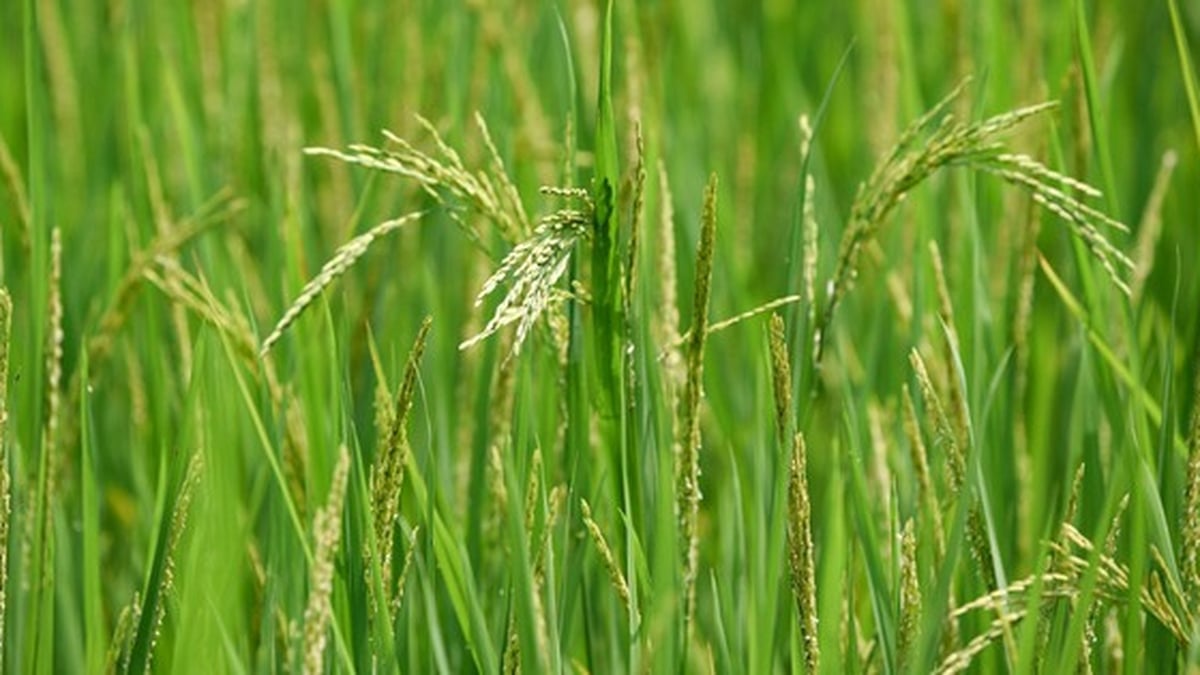





















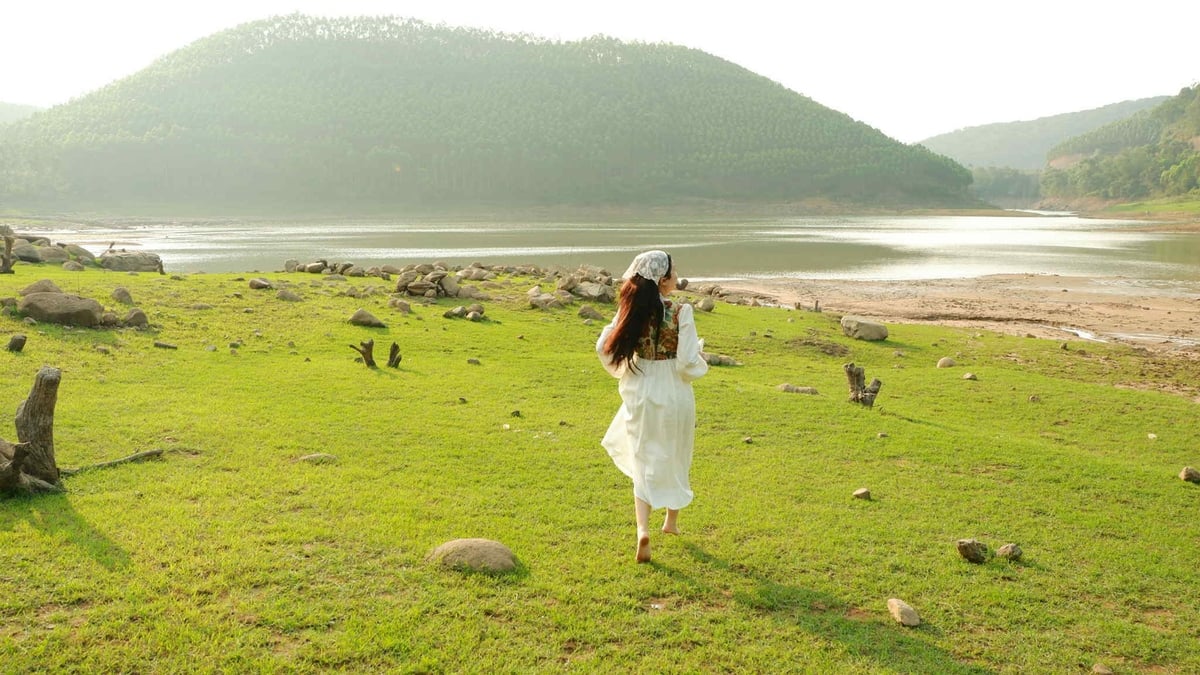



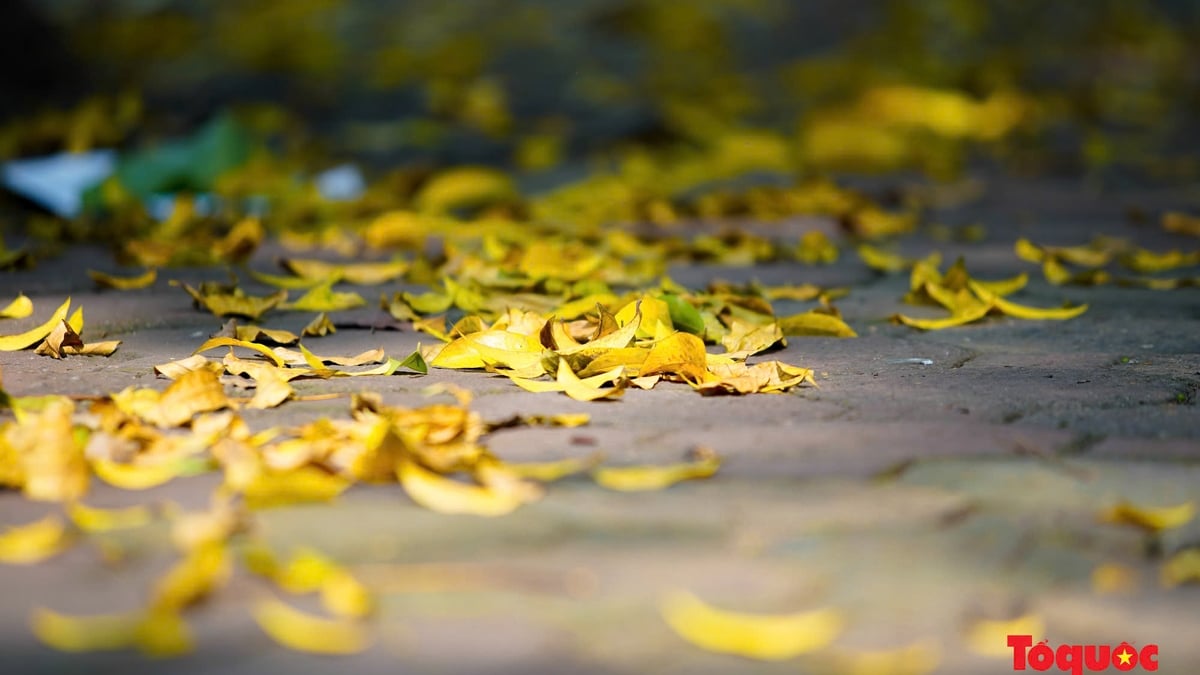


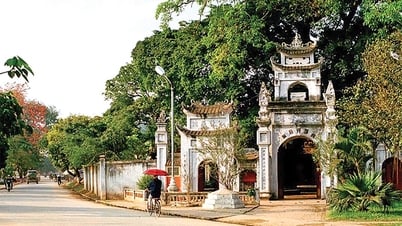





































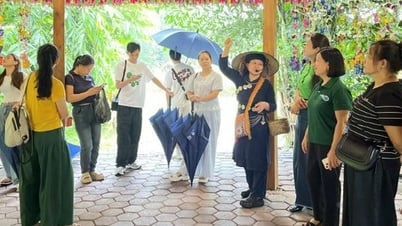
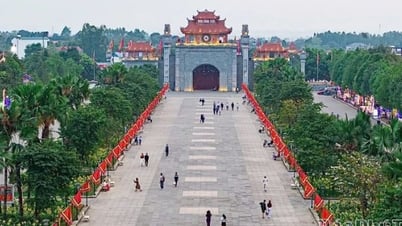



















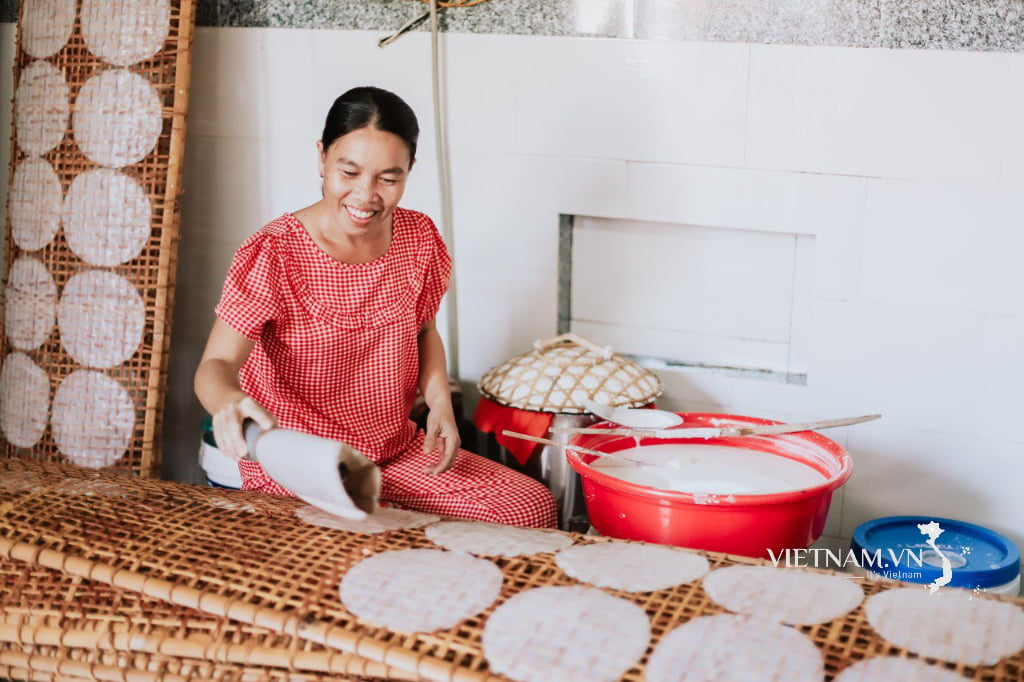

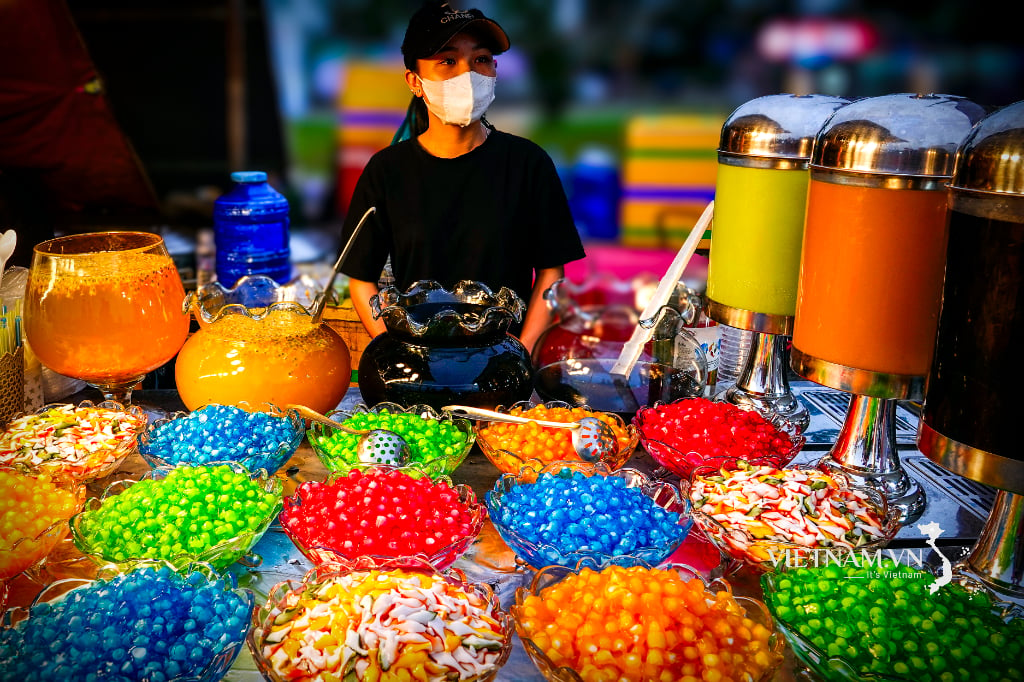

Comment (0)